Barrett Fellows
Fall 2018 Barrett Fellows
The Barrett Fellows @ CLAS Centers is a pioneering program matching ASU Barrett Honors Program students with cutting-edge research centers and institutes. The program launched in Fall 2016 and the Center for Bioenergy & Photosynthesis accepted three outstanding students, pairing their research interests with professors. In Fall 2017, two more Barrett scholars joined the program. In Fall 2018, three more outstanding Barrett students joined the program, each working in a lab run by their respective professor, gaining invaluable hands-on experience.

Ajeet Bains - Redding Lab
Working with lab coordinator Patricia Baker, Ajeet worked on the knockout of NADH dehydrogenase in heliobacteria. NADH dehydrogenase is part of a major electron transport pathway from the photochemical reaction center to the menaquinone pool. If heliobacteria are able to survive without NADH dehydrogenase, this would provide evidence to support the existence of another cyclic menaquinone photoreduction pathway that does not involve NADH dehydrogenase. A template vector for homologous recombination has been created, which will recombine with the genome of heliobacteria to delete NADH dehydrogenase.
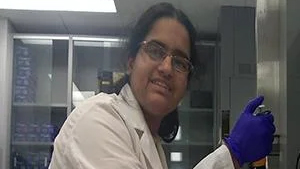
Shuchi Sharma - Vermaas Lab
I have learned how to genetically modify bacteria with the final goal of increasing the amount of biofuels that the bacteria produce per unit resources, such as CO2, invested. I learned the basic processes of genetic modification of the lab’s bacterial strains, such as Escherichia coli and Synechocystis sp. PCC6803. I am becoming proficient at plating, PCR, colony PCR, RT-PCR, gel electrophoresis, making cultures, and deciding which combination of primer, reverse primer, and restriction enzymes to add in order to transform bacteria, as well as determining the success rate of the desired changes. Once the bacteria are properly transformed, their efficiency can be tested in large cultures and sampled to determine average biofuel production.
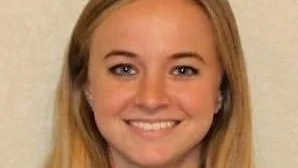
Tatum Vilaboy - Redding Lab
Tatum worked in the Redding lab under the mentorship of the laboratory coordinator, Patricia Baker to study the photosynthetic pathway of heliobacteria, one of the most primitive phototrophic bacteria on the earth, and manipulate it to make the pathway more efficient. The bacteria's photosynthetic apparatus was studied through genome analysis and gene editing using the bacteria's CRISPR/Cas system to delete and insert genes. The focus of my research this semester was to optimize the growth of heliobacteria in different media and work on knocking out the newly discovered pshX gene, which may play a role in photosynthesis.
Fall 2017 Barrett Fellows
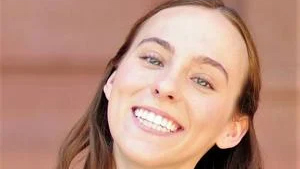
Taryn O'Boyle - Redding Lab
Taryn O’Boyle, an undergraduate student and Barrett Fellow, worked with Andrey Kanygin, a PhD student, to improve a novel method for production of algal bio-hydrogen involving protein fusions between Photosystem I and the hydrogenase enzyme in the green alga Chlamydomonas reinhardtii. The focus of her research was on physiological ways to overcome the O2 sensitivity of hydrogenase, as this can be a large barrier in maximizing efficiency of algal hydrogen production. She will be continuing work on this project to begin her honors thesis during the upcoming semester.
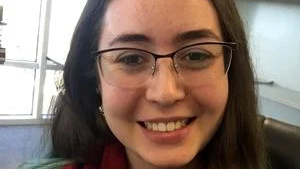
Alex Massey - Vermaas Lab
During her semester as a Barrett Fellow, Alexandria Massey worked under the mentorship of postdoctoral researcher Tyson Burch to study the fatty acid biosynthetic pathways of microbes for biofuel and bio-product generation. Specifically, they focused on the pathways within the species Synechocystis with the hope of creating an orthogonal pathway that will lead to increased biofuel production. Using PCR techniques, new mutated gene pieces are isolated and connected into new plasmids that are then reproduced in E. coli before being applied to the target species. These new plasmids are then extracted with alkaline lysis and introduced into Synechocystis. This fuel has the potential to be a viable alternative to fossil fuels that would be a more carbon neutral and renewable source of energy.
Fall 2016 Barrett Fellows
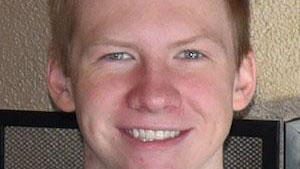
Alec Smith - Redding Lab
During his first semester as a Barrett Fellow, Alec worked on the HYDA1 gene, which encodes a hydrogenase enzyme in the green alga, Chlamydomonas reinhardtii. With the help of PhD student Andrey Kanygin, he cloned a chimeric gene in which the hydrogenase is fused to the end of Photosystem I. This should facilitate light-driven hydrogen production in the algal cells by directing electrons to the hydrogenase enzyme. Alec ligation a plasmid with the gene of interest to make a new recombinant plasmid, which was introduced into E. coli cells. This new plasmid has been confirmed by sequencing the DNA. Alec has shot this plasmid into algal cells, and is awaiting the growth of new engineered of algal cells, which he will test for improved hydrogen production.
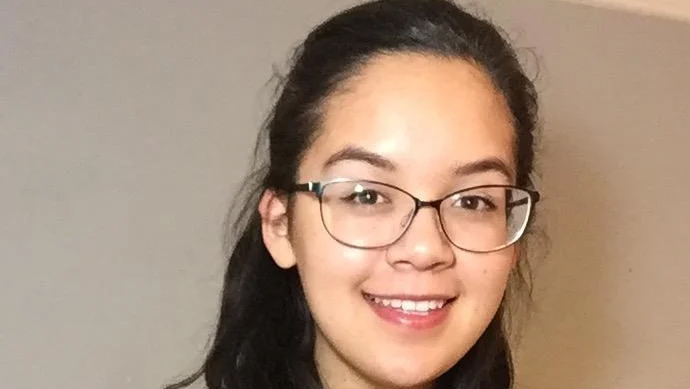
Phoebe Newell - Vermaas Lab
Under the mentorship of PhD student Wes Swenson, undergraduate student and Barrett Fellow Phoebe Newell worked on increasing free fatty acid production in Synechocystis, a species of cyanobacteria, in hopes of creating a biofuel that could act as a clean, renewable source of green energy. In particular, she focused on two genes, glnB and tolC, which affect the rate of fatty acid synthesis and extracellular export of fatty acids respectively. First plasmids containing mutated versions of these genes were inserted into the rapidly reproducing bacteria E. coli using electroporation in order to generate multiple copies of the mutant DNA. Then, alkaline lysis was used to extract the plasmids, which were then used to genetically transform Synechocystis. DNA sequencing and electrophoresis was used to confirm the successful mutation of the genes of interest.